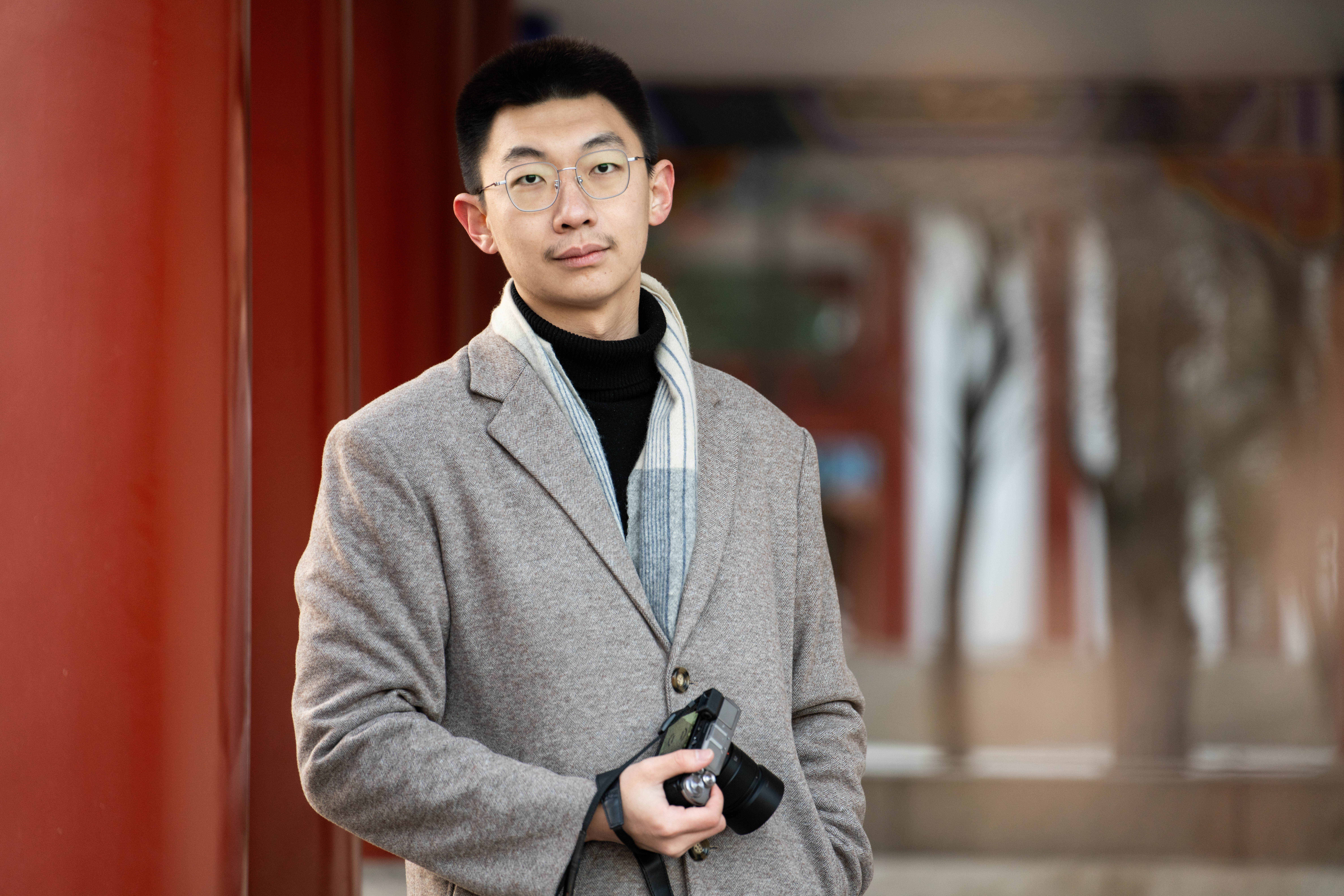About John

Biophysics & Quantitative Biology.
As a physicist, John is interested in using math and physics to understand the population dynamics of biological systems, and seeking the translational medical values of the quantitative insights into cellular communities, e.g., gut microbiome, immune system and vaccination.
CVEducation
Towards PhD in Biomedical Engineering
2022 -
Duke University, Durham, NC, USA
Research Scholar in Biomedical Engineering
2021 - 2022
Duke University, Durham, NC, USA
Exchange Student in Physics
2019
University of California Los Angeles, Los Angeles, CA, USA
Bachelor of Physics
2017 - 2021
Peking University, Beijing, China
Research
Single cell is the building block of living organisms. However, such a building block is so tiny that it is only a few microns at length, and it has been estimated that human body contains more than 30 trillions of them. The cells turn to seek the strength in numbers and work together in a collection to exert the evolutionarily favored functions, such as immune defense, metabolism, and resistence from species invasion. A human brain has altogether around 90 billions neurons that support a full set of recognition functions. Human immune system has half a trillion lymphocytes for immune protection, with a density of more than 106 cells/mL in lymph nodes. For human gut microbiome, the number is 1011 cells/mL.
As one can imagine, in a cellular community so dense, cells interact with each other through physical contact, chemical signals, resource competition, etc. Such interactions not only exists extensively between different cell types, i.e., dendritic cells presenting antigen to T cells and B cells, but also between similar or even homogeneous individuals, i.e., cooperative feeding. These oftentime-nonlinear interactions render non-additive property to the community and give rise to the emergent functions of the community as a whole, i.e., multilayer immune defense, affinity maturation, Allee effects, and ecological diversity.
I seek to understand the general principles governing the spatial, temporal and behavioral organization of cellular communities. From these principles, we can appreciate how evolutionary tinkering give birth to the the intricacy of life, and rationally engineer their translational and medical values. I draw upon my past research experiences in systems immunology and microbiology and adopt an array of mathematical, physics, and biological tools to this endeavor, including modeling, dynamic theory, statistical physics, molecular and synthetical biology experiments.
Publications
2. Y. Dai, Z. Zhou, K. Kim, N. Rivera, J. Mohammed, H. Hsu-Kim, A. Chilkoti, and L. You. Global control of cellular physiology by biomolecular condensates through modultion of electrochemical equilibria. bioRxiv 2023.10.19.563018 [biorxiv]
1. Z. Zhou, D. Li, Z. Zhao, S. Shi, J. Wu, J. Li, J. Zhang, K. Gui, Y. Zhang, Q. Ouyang, H. Mei, Y. Hu, and F. Li. Dynamical modelling of viral infection and cooperative immune protection in COVID-19 patients. PLOS Computational Biology 19(9): e1011383. [Link]